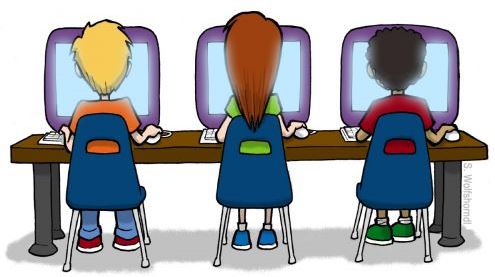In a world where computer literacy is going from a competitive advantage to a necessity, it’s never too early to introduce computers into a child’s education.
Far from replacing other traditional areas of the curriculum, such as math, reading or art, proper incorporation of computer education can actually serve to make these areas easier for students to grasp, complementing the traditional curriculum with interactive computer-based activities, testing methods and games.
Computer-Based Learning
Computer-based learning (CBL) describes any teaching method that makes use of computer technology in the transmission or evaluation of educational content. Including everything from computer presentations for the class to computer-based testing and simple activities like drawing or creating projects; the idea is to incorporate computer learning into the curriculum as a whole, rather than isolating it as a separate subject. This approach better prepares students for the various ways in which they will experience computers as adults and provides a framework for comprehensive early childhood computer education.
Data Input
Data input, including everything from filling out forms to navigating menus and providing user information to computer programs, is an essential and basic computer skill. At early computer education levels, the goal is simply to convey how information is entered and stored in a computer. Administering visual multiple choice tests over a computer screen, for example where students indicate their answer by typing in entries or clicking on an option, teaches the mechanics of data entry and hardware use. Students, at more advanced levels, can fill in personal information on profiles or prepare basic written work.
Data Output
Computers are beneficial research tools and being able to extract information from the Internet and computer applications is an important basic skill. Simple activities like a Web scavenger hunt, where students use search engines, online references and Web applications like email to collect clues, can be very instructive. Computer-based references like encyclopedias and atlases should also be incorporated into curricula at the earliest education levels, with simple look-up activities that teach students how to scroll through content, find terms and use search fields.
Games and Simple Applications
Fun and triggering a competitive urge that makes young children want to keep playing, games are an important tool for computer education in early childhood. Even simple, classic games like Hangman, Connect-Four and Madlibs teach children basic hardware manipulation and program navigation. But a variety of educational alternatives also exist with added functionality to learn basic computer skills, such as controls that teach players proper typing position and drawing applications that teach students how to select tools, apply changes and move objects on the computer screen.

